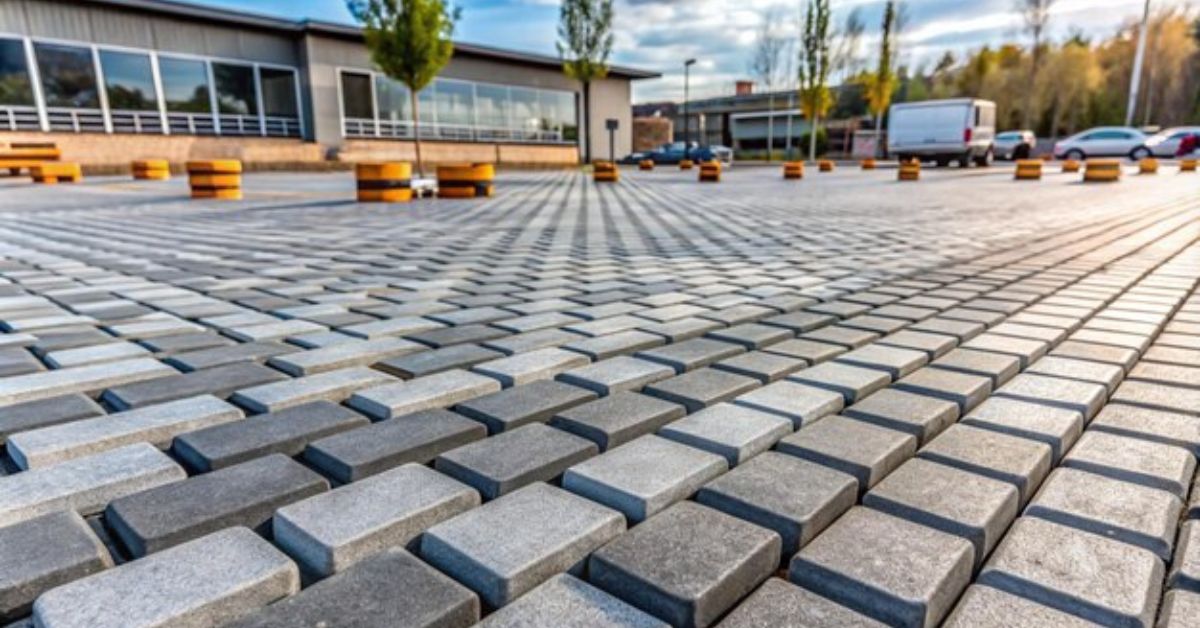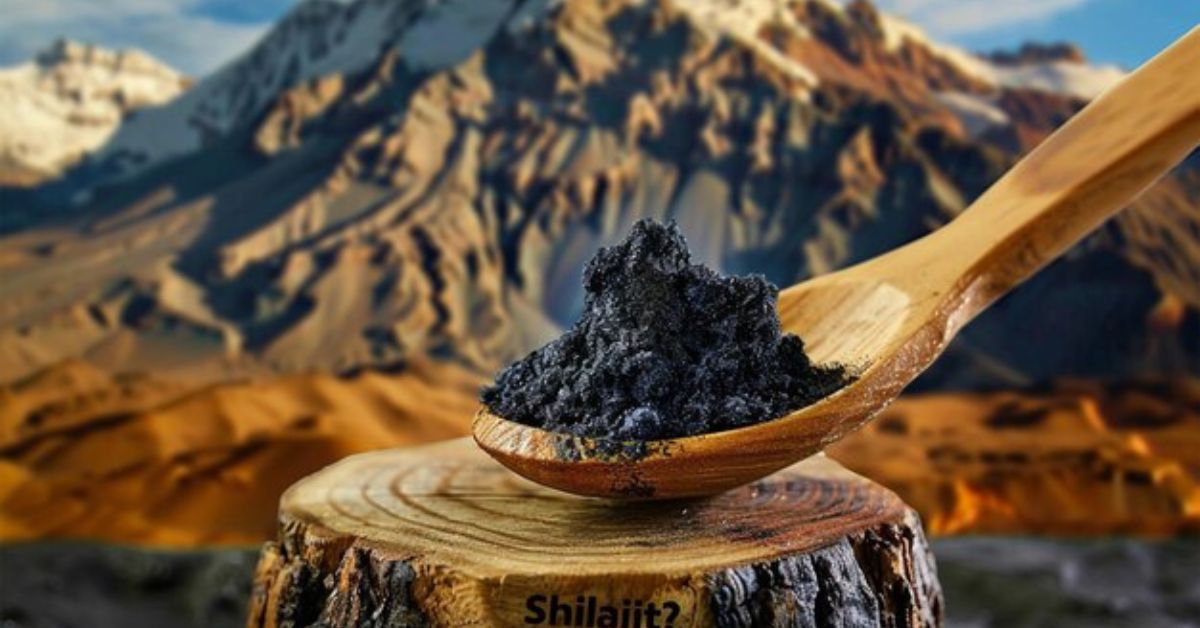Forestry thinner heads are vital tools used in the management and maintenance of forested areas. These specialized attachments, mounted on machinery like skid steers or excavators, are designed to streamline the process of thinning and clearing trees and vegetation. This article provides an in-depth look at forestry thinner heads, their functionality, benefits, and the factors to consider when selecting and using them.
What is a Forestry Thinner Head?
A forestry thinner head, also known as a thinning head or forestry mulcher, is an attachment used primarily in forestry operations to efficiently clear trees and dense vegetation. These devices are typically mounted on heavy machinery and are designed to cut, shred, and mulch trees, branches, and other forest debris. The primary goal of a forestry thinner head is to improve forest health by managing tree density, reducing competition for resources, and promoting the growth of healthier trees.
Types of Forestry Thinner Heads
Forestry thinner heads come in various types, each tailored to specific forestry needs. The most common types include:
- Disk Mulchers: These use a rotating disk with sharp, heavy-duty teeth to cut through trees and vegetation. Disk mulchers are known for their efficiency and ability to handle a variety of tree sizes and types.
- Drum Mulchers: Equipped with a rotating drum covered in heavy-duty teeth, drum mulchers are highly effective for clearing large areas and can process larger trees and branches with ease.
- Flail Mulchers: Flail mulchers use a series of swinging hammers or blades attached to a rotating drum to shred vegetation. They are particularly useful for dealing with thick undergrowth and small to medium-sized trees.
Key Features of Forestry Thinner Heads
Understanding the features of forestry thinner heads can help in selecting the right equipment for your needs:
- Cutting Capacity: This refers to the maximum diameter of trees and branches the thinner head can handle. Different models offer varying capacities, so it’s important to choose one that matches your forestry requirements.
- Durability: Forestry thinner heads are subjected to extreme conditions, so they need to be built with high-strength materials to withstand wear and tear. Features like reinforced housing and heavy-duty teeth contribute to durability.
- Versatility: Some thinner heads are designed to handle a wide range of vegetation types and sizes, while others are specialized for specific tasks. Versatile models can be used for various applications, increasing their utility.
- Ease of Maintenance: Regular maintenance is crucial for the longevity of forestry thinner heads. Models that are easy to clean and repair can save time and reduce downtime during operations.
Benefits of Using Forestry Thinner Heads
Forestry thinner heads offer numerous benefits for forest management and land clearing:
- Efficient Clearing: They significantly speed up the process of clearing trees and vegetation compared to manual methods, allowing for faster completion of forestry projects.
- Improved Forest Health: By thinning out dense areas, these attachments help reduce competition among trees, allowing remaining trees to grow stronger and healthier.
- Reduced Fire Hazard: Clearing dead or overgrown vegetation lowers the risk of forest fires by removing potential fuel sources.
- Enhanced Soil Quality: Thinning can improve soil quality by increasing sunlight penetration and reducing root competition, which promotes better nutrient uptake for the remaining vegetation.
- Cost-Effective: Although the initial investment in a forestry thinner head can be high, the efficiency and speed they offer can lead to cost savings in the long run, especially for large-scale projects.
Factors to Consider When Selecting a Forestry Thinner Head
Choosing the right forestry thinner head involves evaluating several key factors:
- Machine Compatibility: Ensure that the thinner head is compatible with the machinery you intend to use. Compatibility affects performance and safety, so verify that the attachment fits your skid steer, excavator, or other equipment.
- Project Requirements: Consider the specific needs of your forestry project, including the types and sizes of trees you will be working with. Select a thinner head with the appropriate cutting capacity and features for your tasks.
- Budget: Forestry thinner heads vary widely in price. Determine your budget and weigh the cost against the benefits and features of different models to find the best value for your investment.
- Manufacturer Reputation: Choose a thinner head from a reputable manufacturer known for producing high-quality and reliable equipment. Reviews and recommendations can provide insights into the performance and durability of different models.
- Safety Features: Safety is paramount when operating heavy machinery. Look for forestry thinner heads with built-in safety features such as guards and emergency shut-off mechanisms to ensure safe operation.
Operating a Forestry Thinner Head
Proper operation of a forestry thinner head involves several key practices:
- Pre-Operation Checks: Before using the thinner head, perform a thorough inspection to ensure that all components are in good condition and that there are no signs of wear or damage.
- Proper Settings: Adjust the settings of the thinner head according to the type of vegetation and the desired outcome. This includes adjusting the cutting speed, blade rotation, and other relevant parameters.
- Safe Operation: Follow all safety guidelines and procedures to minimize the risk of accidents. This includes wearing appropriate personal protective equipment (PPE) and ensuring that the work area is clear of bystanders.
- Regular Maintenance: Implement a regular maintenance schedule to keep the thinner head in optimal condition. This includes sharpening or replacing blades, checking fluid levels, and inspecting for any signs of wear or damage.
Common Issues and Troubleshooting
Forestry thinner heads, like any equipment, may encounter issues during operation. Some common problems include:
- Clogging: Debris or tree material can cause clogging in the thinner head. Regular cleaning and inspection can prevent this issue.
- Blade Wear: Blades can become dull over time, reducing cutting efficiency. Regular sharpening or replacement of blades is necessary to maintain performance.
- Hydraulic Problems: Issues with hydraulic systems can affect the performance of the thinner head. Check hydraulic fluid levels and connections regularly to avoid problems.
- Mechanical Failures: Wear and tear on mechanical components can lead to failures. Regular maintenance and timely repairs can address these issues before they become major problems.
Conclusion
Forestry thinner heads are indispensable tools for modern forest management and land clearing. By understanding their features, benefits, and proper usage, you can make informed decisions about which equipment best suits your needs. Proper selection, maintenance, and operation of forestry thinner heads not only enhance the efficiency of forestry tasks but also contribute to healthier forest ecosystems and safer work environments. Investing in the right forestry thinner head can lead to significant improvements in productivity and project outcomes, making it a valuable asset in any forestry operation.







